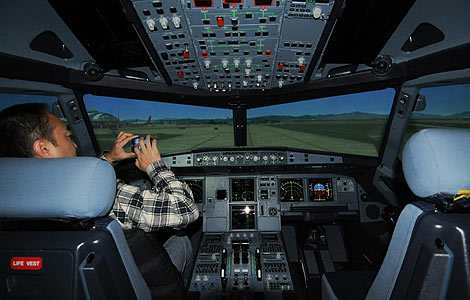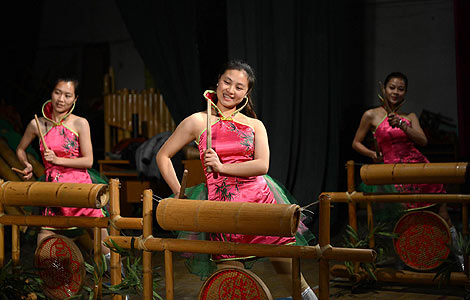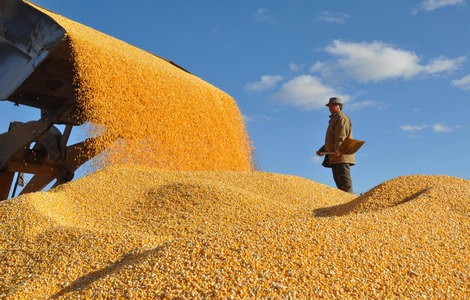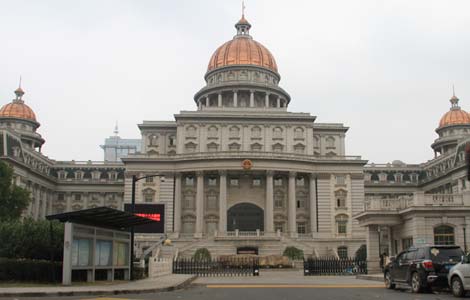
Despite a big decline in transactions at the China Import and Export Fair, Chinese exporters with innovative technology and an international presence managed to clinch orders from overseas buyers.
Transactions at the biannual event, more commonly known as the Canton Fair, shrank by 9.3 percent, compared with the spring session, down to $32.68 billion amid the global economic downturn, the fair's organizing committee announced on Sunday. Transactions at the fair are regarded as a barometer of China's foreign trade.
Experts on trade said Chinese exporters should go beyond traditional manufacturing and processing to obtain new overseas orders amid the grim world economic outlook.
|
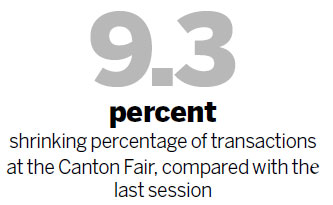 |
Despite the fact that the fair suffered a major setback in terms of the volume of transactions and the number of overseas buyers it attracted, Chinese enterprises that have been focusing on technological innovation and brand-building showed strong competitiveness and outperformed unknown companies.
"The average number of orders agreed upon by overseas buyers and Chinese enterprises that have internationally recognized brands was three times that of those secured by non-branding companies," said Liu Jianjun, the fair's spokesman.
Transactions at the brand enterprise exhibition zone of the fair, which concluded on Sunday in Guangdong's capital city Guangzhou, reached $12.5 billion, down 5.4 percent over the spring session, a figure 3.9 percentage points lower than the overall decline.
"Enterprises that displayed more innovative products and stronger research and development values at the fair have clinched better transactions," Liu said.
Also, the number of regular overseas visitors accounted for more than 73 percent of total buyers at the fair, which illustrates that Chinese goods are still favored in the international market, he said.
"For many overseas buyers, the fair is still a strong attraction. Chinese exporters should focus more on building their brands and developing more innovative products to attract traditional buyers," Liu said.
Qin Yue, a sales manager with Shanghai Newest Luggage, said orders clinched at the fair almost equaled that in the last session, thanks to the company's years of effort.
"We have attached more importance to increasing the added value of our products in recent years. That's why we still have obtained orders with those regular overseas clients," Qin said.
The Shanghai-based company achieved some $1.5 million in orders at the fair.
"Besides maintaining a relationship with our old clients, we are developing new markets in South America and Southeast Asia. We are confident about finding more potential buyers in the new markets," Qin said.
Peng Peng, a researcher with Guangzhou Academy of Social Sciences, said China should no longer rely on those original equipment manufacturers and processors to sustain its foreign trade development.
"It will be more difficult for Chinese enterprises with fewer international brands to find overseas buyers, especially amid the current grim global demand," Peng said.
"The era of high-speed trade development based on traditional and simple manufacturing has passed," he added.
China experienced a relatively high growth of over 20 percent in its foreign trade over the past decade, partly because of the country's ascension to the WTO in 2001 and China's industrial expansion in coastal areas since the 1990s.
However, the country's foreign trade in the first three quarters of the year rose a modest 6.2 percent to $2.84 trillion year-on-year, sharply contrasting with the 20.3 percent growth registered during the same period in 2011, according to customs sources.
qiuquanlin@chinadaily.com.cn


